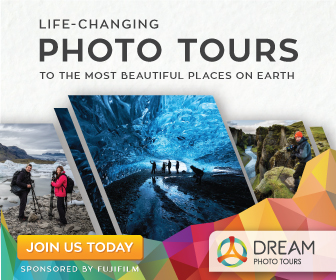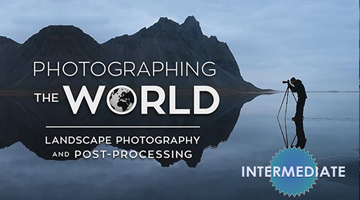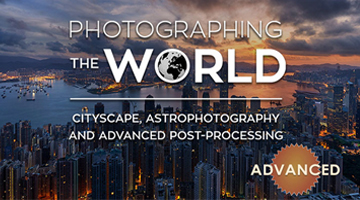HEADS UP – THIS CONTENT IS OLD.
HDR Photography Tutorial
First, let me start by saying, Thank You for taking the time to look at my free HDR tutorials. I truly appreciate the support and if you find them informative and useful, please share them with everyone you think would benefit from the knowledge they contain. Whether you Facebook, Twitter, or Google+, or you like to follow, circle, or friend, please help Blame The Monkey grow by sharing and supporting me on social media. You can also sign up for our Newsletter and receive all the latest updates and tutorials. If you have any positive feedback or you just want to say that this website sucks, I’d love to hear from you at: feedback@blamethemonkey.com
Introduction – The Art Of HDR Photography – Part 1
Welcome to the fascinating world of HDR photography. Over the past few years it’s become a new photographic phenomenon, loved by some and despised by others. Since it relies heavily on post-processing it can really be whatever you want it to be. You’re the digital architect – the master of your own photographic universe. You can add color and texture, shading and detail, subtle nuances, or electrified neon madness. It’s your art – your decision, and I wish you a pleasant stroll down the path of creating your own unique vision.
Over the last few years, the term HDR has also been used to describe many different techniques such as, Tone Mapping, Digital Blending, DRI (dynamic range increase), and Luminance Masking. There are quite a few more but If you strip away all these fancy titles and descriptions, they all have the same basic goal: Increasing the dynamic range of a single photo by combining multiple exposures.
Personally, I use a bit of all these techniques combined in something I call Advanced Dynamic Blending. For the sake of teaching, I may call out a specific technique when necessary but I will never tell you that one is better than the other. I have always favored the artist over the tools and I truly believe that no technique can be wrong if it produces beautiful results. Whether it’s a hammer and chisel or a keyboard and stylus – whether it’s chemicals in a darkroom or pixels in photoshop – even if it’s Tone Mapping or Dynamic Blending, we’re all just trying to create something beautiful. So let’s get started.
Now let’s look at some pretty pictures. 😛
Here’s a couple before and after examples of HDR and Dynamic Blending:

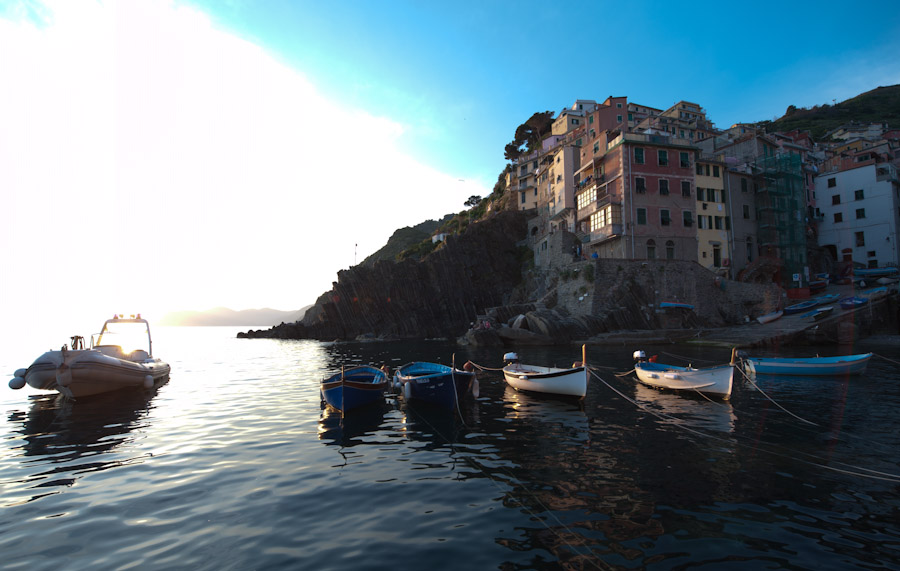
What is HDR Photography?
High Dynamic Range Imaging (more often called HDRI or simply, HDR) is a process in which a greater dynamic range of light is captured throughout the lightest and darkest areas of an image. Like I said, there are a lot of different techniques but at the core, HDR Photographs are generally created by shooting multiple photographs using exposure bracketing. After that, they are merged back together into a single HDR image.
A Quick Example:
Have you ever taken a photograph of a beautiful landscape only to be disappointed with a white & blown out sky? It happens all the time and we’ve all been there. Thankfully, something as simple as shooting exposure brackets can help fix that.
What is High Dynamic Range and how is HDR Photography best captured?
Sensors in digital cameras capture much less dynamic range than the human eye. With digital imaging, many software applications have been developed to map the image differently in shadow and in highlight to better distribute the lighting range across the image. These applications overcome the limited dynamic range of a camera sensor by combining multiple exposures of the same scene in order to retain detail in light and dark areas. These exposure brackets are combined together to produce an HDR image.

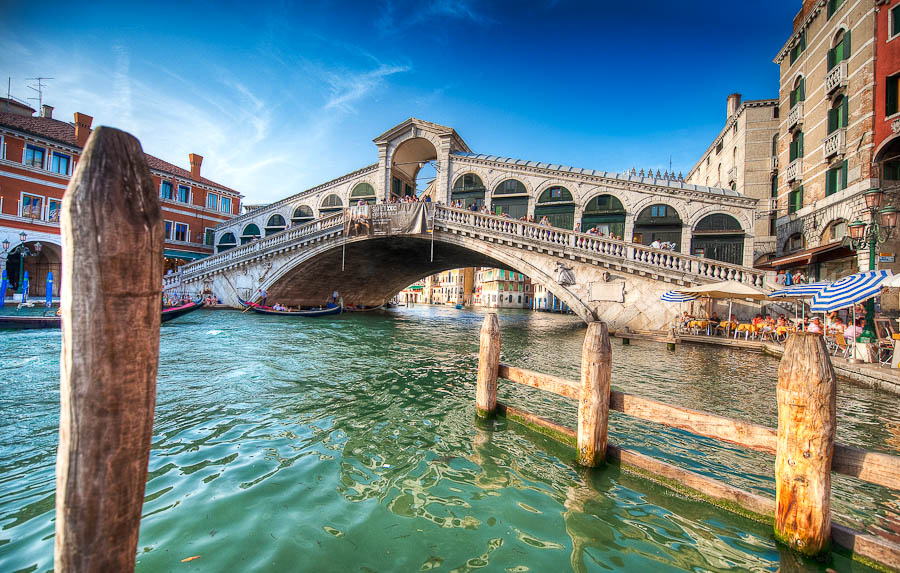
How is High Dynamic Range Best Captured?
Sensors in digital cameras capture much less dynamic range than the human eye. Many software applications have been developed to to map the image differently in shadow and in highlight to better distribute the lighting across the image. These programs overcome the limited dynamic range of the camera sensor by combining multiple exposures of the same scene in order to maximize detail in light and dark areas. They combine the exposure brackets shot in camera to produce an HDR image.
Hold on – don’t panic. It’s getting a little technical but that’s OK. These little graphs (histograms) above the images below show the light distribution in the image. Can you see how none of them fully complete the spectrum? That’s where the software comes in – it helps combines that data together for you. Cool right?
How does HDR Photography compare to Traditional Photography?
Well, this really just comes down to preference and mindset. Traditional photographers rely on Neutral Density and ND graduated filters to manipulate the light coming into the camera. They may also use polarizing and warming filters to clean and/or alter the color cast of an image. For the most part, true traditional photographers like to do everything in camera and try to rely little on post-processing.
HDR photographers on the other hand, create the same images by relying on post-processing instead of filters and in camera tricks. They rely more heavily on software than hardware. It’s not any better or worse, it’s just a different approach to achieving the same result.
This isn’t as cut and dry as I make it seem. Many photographers incorporate a wealth of techniques both traditional and not. Personally, I like to blend these two worlds together. It’s really fun to combine techniques from both schools of thought. It’s all about creating the best image we can, right? ^_^
You’re rambling. Could you wrap it up already? Why the heck should I shoot HDR?!
OK, OK, let’s just say that HDR Photography is used to more accurately reproduce an image that resembles what is seen by the human eye. Cool? – OK. HDR techniques allow us to capture all the information in the lightest areas and every bit of the darkest areas of a scene. In some cases, an HDR photograph can capture more emotion and have much more wow factor than a normal photo. Since it captures a closer representation to what we can actually perceive, it has the ability to make some people feel as though they were there – like they can reach out and touch it.
Here are a few of my favorites from around the world.











